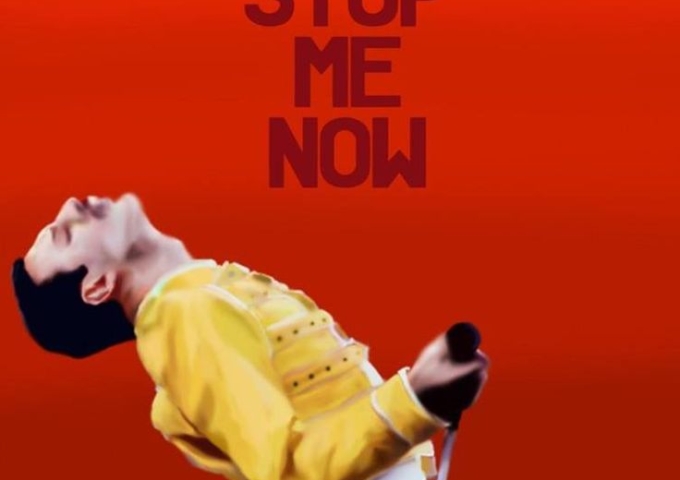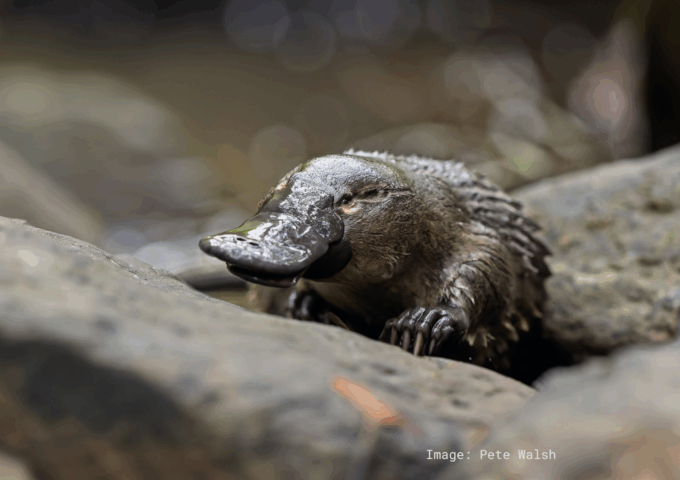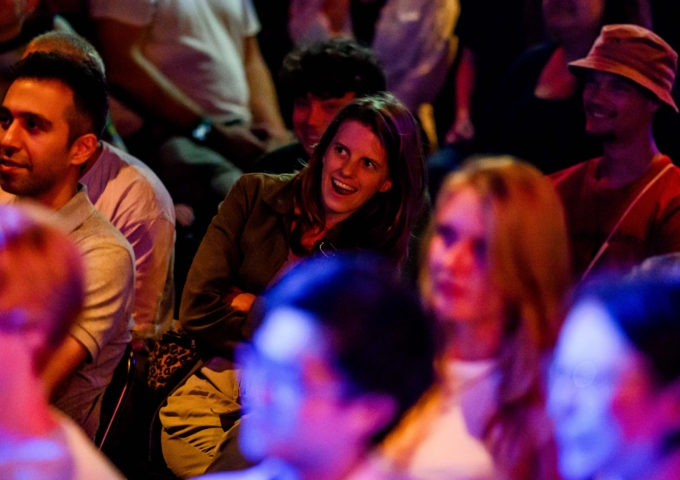- local
- FREE
- PRIVATE
Biomimicry Mini Expo
- - (AWST)
-
Sacred Heart School Hall
40 Mary Street, Highgate WA 6003, Australia

Where did the Shinkansen train design originate? The design of the train's nose was inspired by the beak of the kingfisher bird, which allows it to move through the water (or air) with minimal resistance. Biomimicry means learning from nature to make new technology. For example, suits that let people glide like sugar gliders help in designing better planes. Robots that can climb walls like a gecko. All of these examples show how nature helps us make better materials.
Biomimicry is a practice that studies nature's models and principles and then mimics these natural systems and organisms to address human challenges. For example, spider silk has inspired the creation of a super strong material for aeroplane wings.
Human flight is a famous example of biomimicry. The inventor Leonardo da Vinci studies the structure of birds and bats when making his first sketches of human 'flying machines' in the 1840's. Later, the Wright Brothers were inspired by birds as they carefully studied the mechanics of bird flight.
Another prominent example lies in the design of wind turbines. The efficiency of wind turbine blades has been enhanced through a design inspired by the humpback whale fin. These whales possess fins with small tubercle-like bumps along the leading edge. By incorporating similar structures onto a wind turbine blade, it was observed that the blade could generate more energy, even at lower winds.
The future of biomimicry is brimming with potential. As technology advances, so too will our ability to delve deeper into nature's blueprints unlocking more sustainable solutions.
Biomimicry is a call to action. We can draw inspiration from nature's design and create an environment that sustains and nourishes the diversity of our planet for generations to come.






